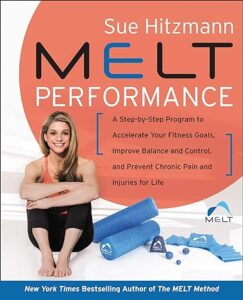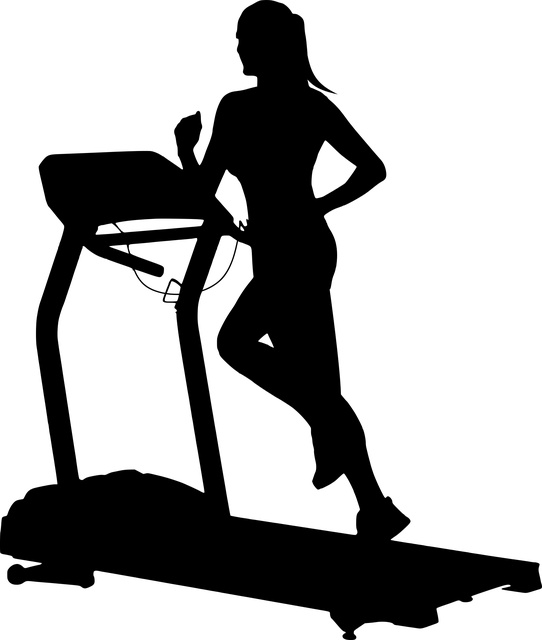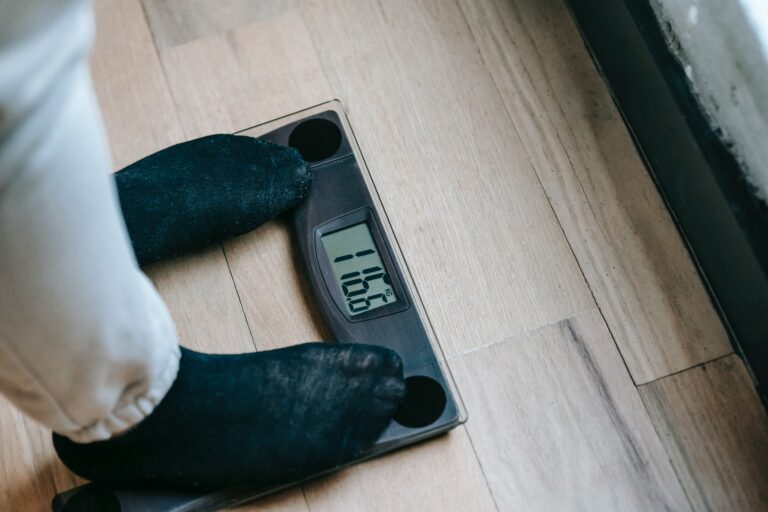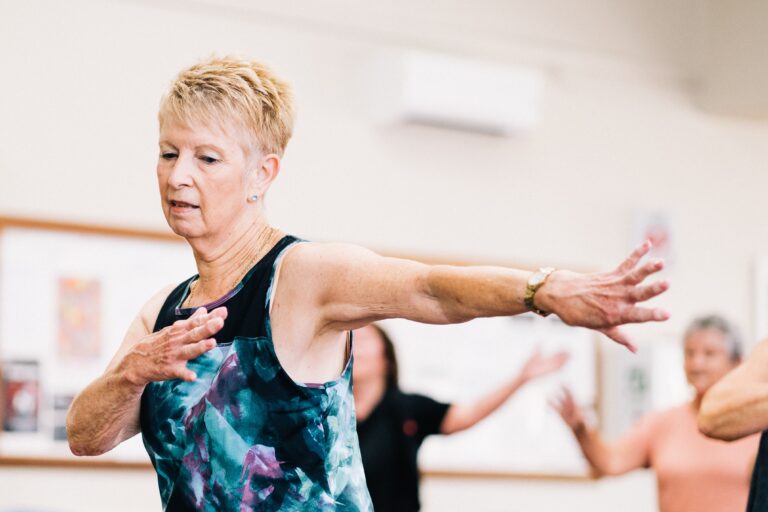Elements of Fitness
Fitness is defined as “the ability to carry out daily tasks with vigor and alertness, without undue fatigue, and with ample energy to enjoy leisure time pursuits and to meet unforeseen emergencies.” Yet physical fitness means different things to a dancer, marathon runner, lumberjack, mailman, and weight lifter. It’s also a relative term, in that you may be fitter than you were last year or than your neighbor, but there’s no clear-cut point at which you are “fit”. One fact is clear, though: if fitness is the goal, exercise is the way to get there.
Elements of Fitness
There are four basic elements of physical fitness: cardiovascular endurance, muscular strength, muscular endurance, and flexibility. Each can be measurably improved with regular exercise. But keep in mind that exercising to build fitness is not the same thing as working out to improve athletic performance. To be truly fit, you should develop all four elements, not just one or two.
 Melt Performance |
While each element is a part of being fit, the most vital is cardiovascular endurance. Physiologically, cardiovascular endurance is the sustained ability of the heart, blood vessels, and blood to carry oxygen to the cells, the ability of the cells to process oxygen, and the ability of the blood, once again, to carry away waste products. Since every cell in the body requires oxygen to function, there is no more basic element of fitness than this – to see that the heart, lungs, and circulatory system do their job.

Cardiovascular endurance
Cardiovascular endurance is built up through exercises that enhance the body’s ability to deliver even larger amounts of oxygen to working muscles. To achieve this, the exercise must utilize the large muscle groups (such as those in the legs) and, most importantly, it must be sustained. With regular aerobic exercise, your heart will eventually be able to pump more blood and thus deliver more oxygen with greater efficiency. Moreover, your muscles will develop a greater capacity to use this oxygen. This is part of what is called the aerobic “training effect.” Because your heart is stronger, it can pump more blood per beat, and as a result your heart rate, both at rest and during exertions, will decrease. Your heart will also acquire the ability to recover from the stress of exercise more quickly.
Your training heart rate
In order to achieve a training effect, the American College of Sports Medicine (ACSM) suggests performing aerobic exercise sessions of fifteen to sixty minutes a day, three to five days a week. Furthermore, to get the most from aerobic exercise, you should exercise at a level of intensity called your training heart rate. The easiest way to compute this is to subtract your age from 220 – that’s your maximum heart rate – then take 60 percent and 80 percent of that number. The results are the upper and lower end of your target heart rate zone: while you exercise, your heart rate per minute should fall somewhere between these two numbers.








